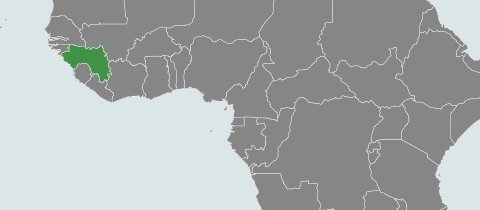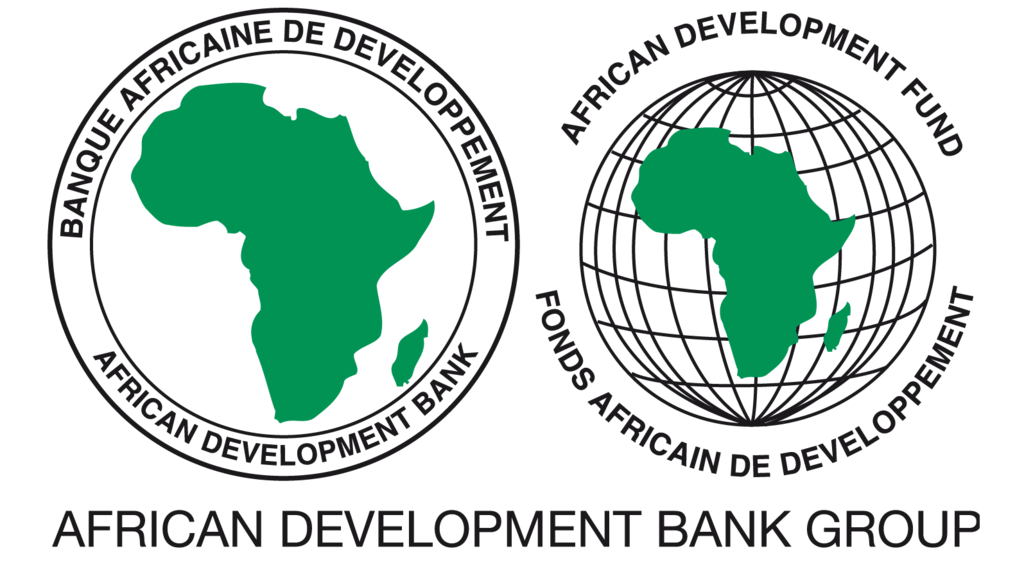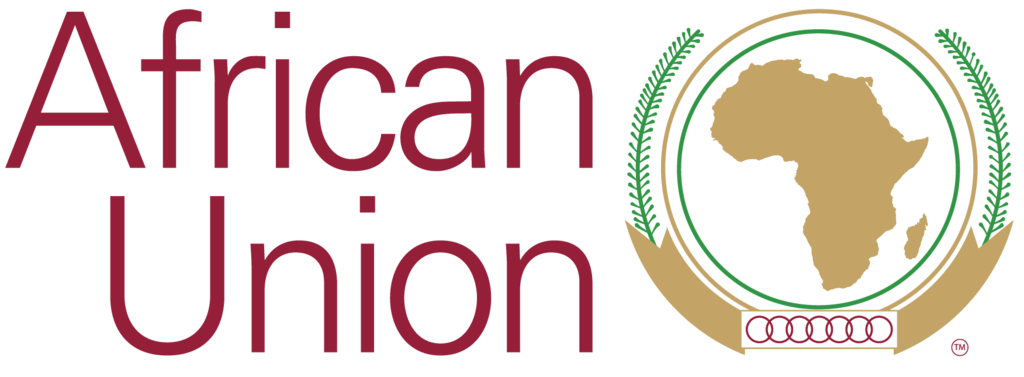At a glance
Access to electricity in Guinea is improving in urban areas, where it reached around three quarter of the population, but it is still almost absent in rural areas, and on average it reaches 33% of the population. Access to non-solid fuel is extremely limited throughout the country.
Guinea is developing the both the SEforALL Action Agenda and the Investment Prospectus in the framework of the SEforALL implementation in the ECOWAS region, coordinated by ECREEE. Before that, the main objectives of the government in terms of access were fixed by a 2012 Energy Policy document that envisaged an increase of the access rate to 50% in 2020, as well as improvements in energy efficiency, an increase in the share of renewables and a reduction in the local electricity tariffs. A 50% access to clean cooking to 2025 was also foreseen. These objectives are being revised in the Action Agenda.
Guinea has considerable renewable energy resources, particularly for hydroelectricity for which around 4740 MW of potential has been detected. The energy demand in Guinea is projected to raise considerably and – according to government forecast – additional capacity between 535 and 1838 MW would be necessary by 2025.
The SEforALL implementation is followed by a focal point in the Ministry of Environment and Energy.
Location

Country contacts
SEforALL Focal Point
Mr. Camara Sourakata, Directeur national adjoint de l'énergie, Ministère de l'énergie et de l'hydraulique
| SEforALL Action Agenda Objectives | 2030 |
|---|---|
| Electricity Access, national | n.a. |
| Access to clean cooking, national | n.a. |
| Renewable Energy Output | n.a. |
| Renewable Energy Consumption | n.a. |
| Energy Efficiency | n.a. |
| Country Action Documents | Status |
|---|---|
| Rapid Assessment | Finalized |
| Action Agenda | Under Development |
| Investment Prospectus | Under Development |
Documents
- Guinea: Rapid Assessment Gap Analysis (2.51 MB)
Country statistics
| Series | 2010 | 2012 | 2014 | 2016 |
|---|---|---|---|---|
| Access to electricity (% of population) | 24.5% | 26.2% | 27.6% | 33.5% |
| Urban (% of urban population) | 64.5% | 74.2% | 68.5% | 82% |
| Rural (% of rural population) | 1.5% | 2.9% | 2.3% | 6.9% |
| Access to clean fuels and technologies for cooking (% of population) | 1.3% | 1.2% | 1.3% | 1.2% |
| Population, total | 11.0 Million | 11.6 Million | 12.3 Million | - |
| Renewable energy consumption (% of total final energy consumption) | 79.1% | 78.4% | 80.0% | - |
| Renewable electricity output (% of total electricity output) | 49.5% | 45.8% | 48.3% | - |
| Electric power consumption (kWh per capita) | - | - | - | - |





